Little Hexagons Tutorial
 June 5, 2013
June 5, 2013 I heard all your lovely requests for a "little hexagons" tutorial last week (watch strap tutorial to follow soon!) so here it is. I hope you find it helpful.
 I want to start by saying the technique for English paper-piecing (EPP) small hexagons is no different than for larger ones. In fact, EPP is the same regardless of template size or shape.
I want to start by saying the technique for English paper-piecing (EPP) small hexagons is no different than for larger ones. In fact, EPP is the same regardless of template size or shape.
And there are a few EPP basting variations out there, but I wrote this tutorial to show you how I do it ... with glue.
Step 1 - Cut out a paper template (or buy precut templates) the size you want your hexagon to be when it's finished. Regular computer printer paper works just fine. The precut templates are a lightweight card stock - a little stiffer than regular paper, but still very easy to pierce with a needle.
Then cut out a piece of fabric that is 1/4" larger than the paper template on all sides. Accuracy is not critical for cutting the fabric. You should have at least 1/4" seam allowance, but if it's more don't worry. Unless I'm fussy cutting a hexagon, I usually stack up to 6 scraps of fabric, lay a template hexagon on top and cut my 1/4" allowance - based on the template - with a rotary cutter. You can just as easily use scissors. Some people like to make a fabric cutting template.

My paper hexagon templates here are 1/2" which refers to the length of one side of the hexagon.
Step 2 - Lay the paper template centered on the wrong side of the fabric hexagon.

Step 3 - Using a fabric glue pen (I use Fons & Porter) add a small dot of glue to each side of the paper template. It goes on blue but dries clear.

If you're working with larger hexagons (or any other EPP shape) you may want to use a few dots of glue per side.
Step 4 - Fold two opposite sides of the fabric hexagon onto the paper template (at the same time) and press the seam allowances into the glue to make them stick.

Repeat for the remaining sides.


Step 5 - Make a bunch. (To make a flower you need one center and 6 petals.)
 Step 6 - Take a center hexagon and a petal hexagon and hold them right sides together, lining up to edges.
Step 6 - Take a center hexagon and a petal hexagon and hold them right sides together, lining up to edges.


Step 7 - Thread a needle (I use Sharps) with a color that will blend (if using contrasting colors, match the darker fabric) and knot the end.
Starting at one corner, sew the two edges together with a whip stitch. Do not catch the paper template with your needle - just grab a little bit of fabric that is on the fold.
 The tinier your stitches are, the better. (Here's an example with a high contrast thread so you can see.)
The tinier your stitches are, the better. (Here's an example with a high contrast thread so you can see.)

Step 8 - When one edge is complete, fold the hexagons open and lay a second hexagon onto the center - right sides together.

 Sew the next edge of the center to one edge of the second hexagon together with a whip stitch.
Sew the next edge of the center to one edge of the second hexagon together with a whip stitch.


Step 9 - Repeat until all 6 petal hexagons are attached to the center hexagon.

Step 10 - On the back side, gently pull the glued seam allowance of the center hexagon away from the paper template. (Remember, you only need a little glue. The more glue you use, the harder it is to separate the fabric from the paper.)


Remove the paper template. Most (if not all?) of the glue seems to stay stuck to the paper, not the fabric.

Some of my quilting friends do not like glue basting. They would rather spend a little more time thread-basting because it's cleaner to pull out than to peel glued fabric off of paper. And sometimes the seam allowance will fray a bit - which is not a problem because the fabric is already sewn in. But for me, I really like the speed of glue basting. It's a personal choice.
Step 10 - Fold the center hexagon to stitch the petals together.

That's it.
You can join together as many hexagons as you like. Remove a template when all sides of the shape have been whip-stitched to another piece.
Get creative and make beautiful designs with fabric placement.

It's not at all complicated. It just takes time. You will find that one little flower goes together very quickly and you can have a bunch made in an afternoon.
 EPP is the perfect hand sewing activity to do when you don't want to think or do anything that requires much concentration, but you just want to keep your hands busy. It's portable too. Just prep a bunch of hexies, toss them in a container with a needle, thread & scissors and you're good to go!
EPP is the perfect hand sewing activity to do when you don't want to think or do anything that requires much concentration, but you just want to keep your hands busy. It's portable too. Just prep a bunch of hexies, toss them in a container with a needle, thread & scissors and you're good to go!
 Kristyne |
Kristyne |  43 Comments |
43 Comments | 

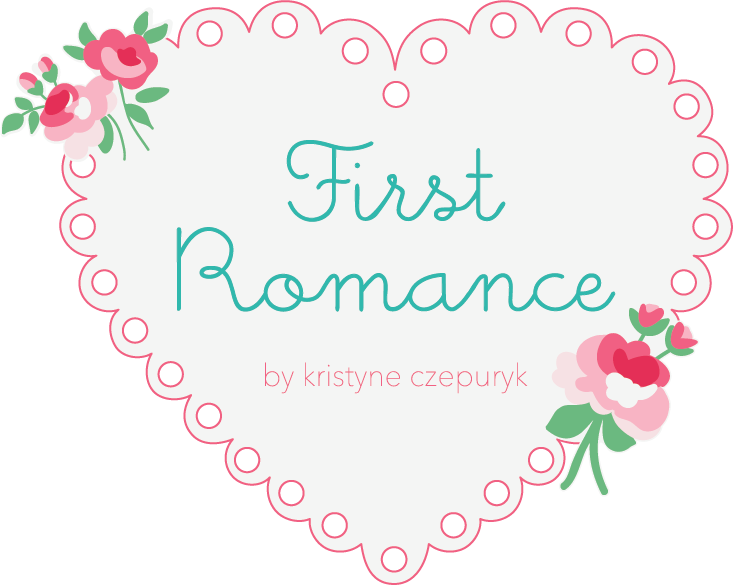
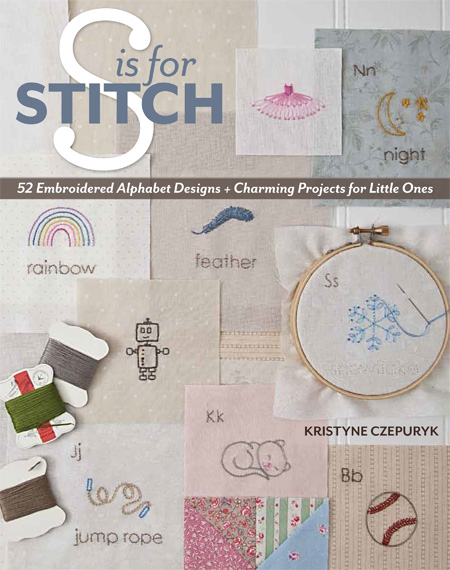
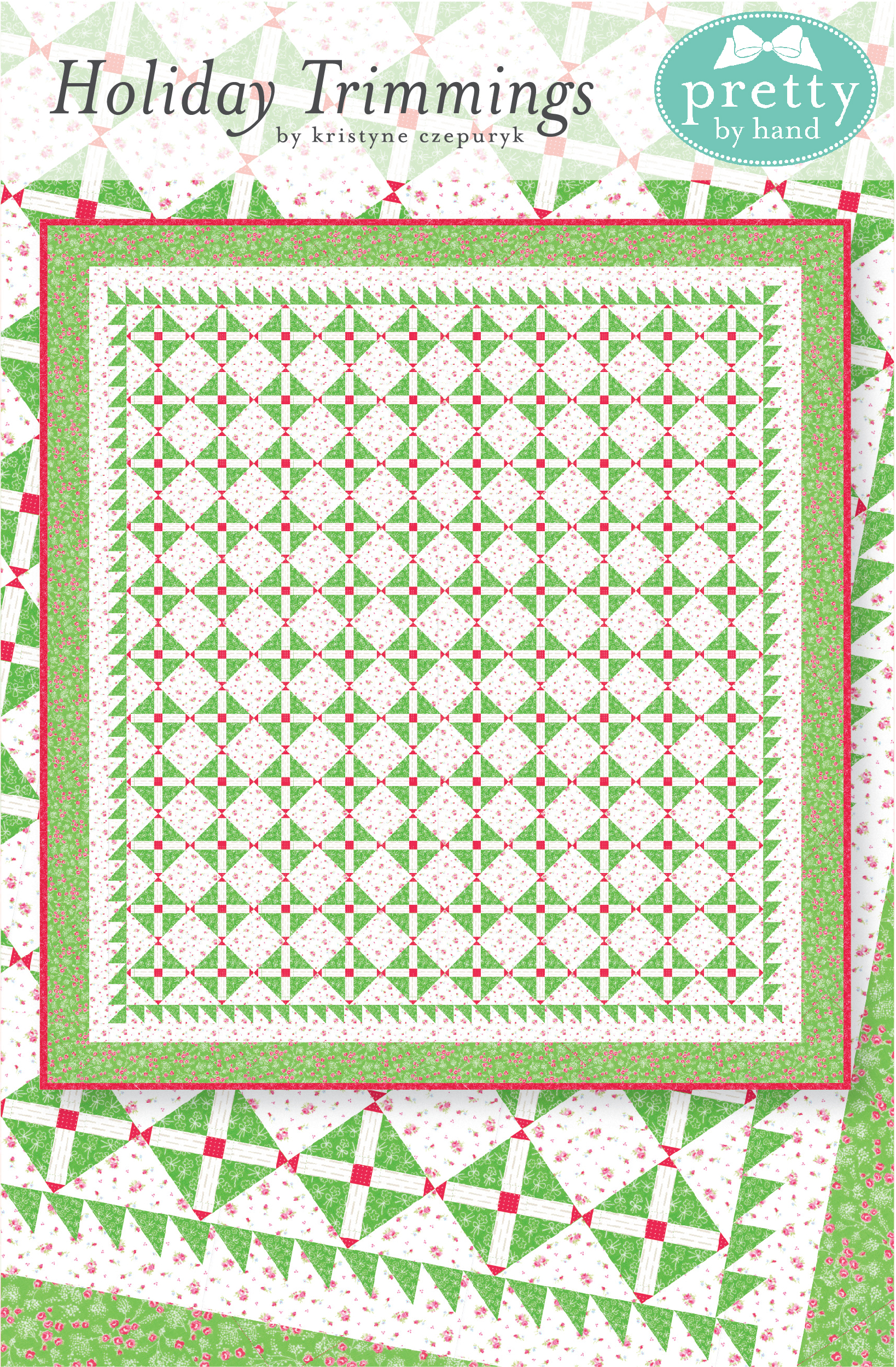

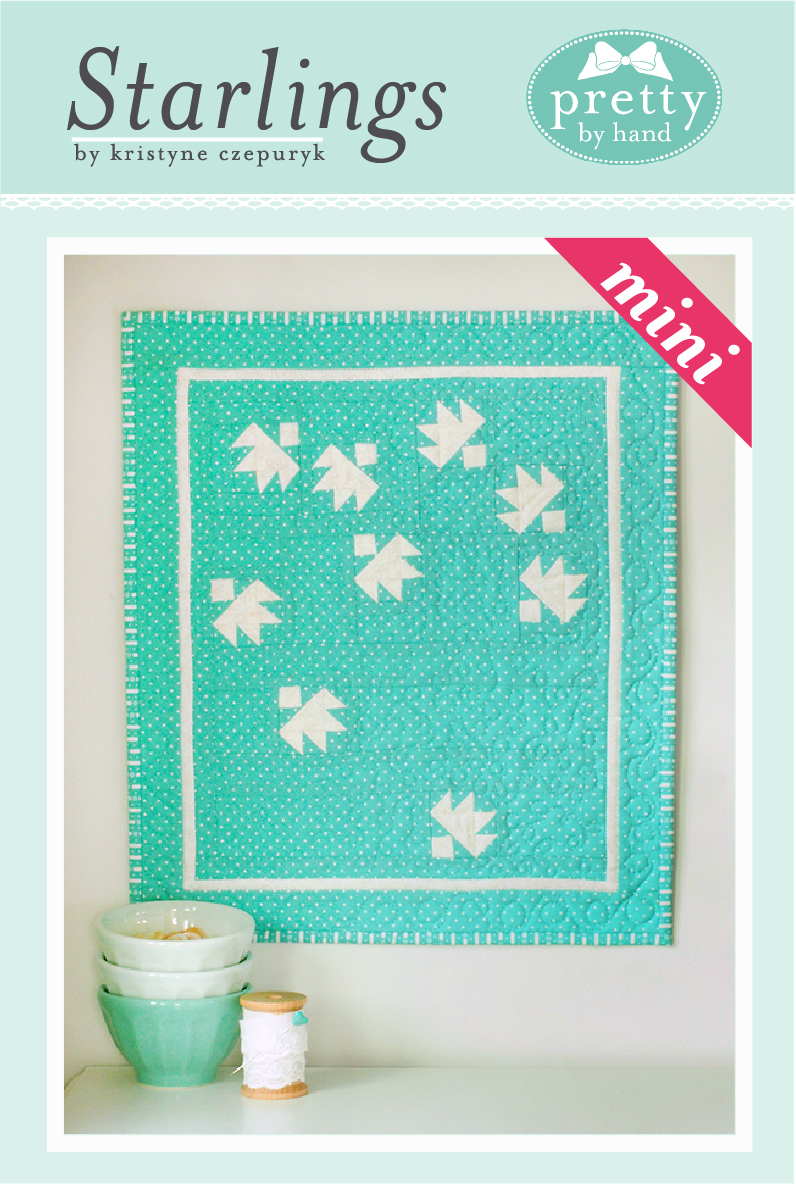
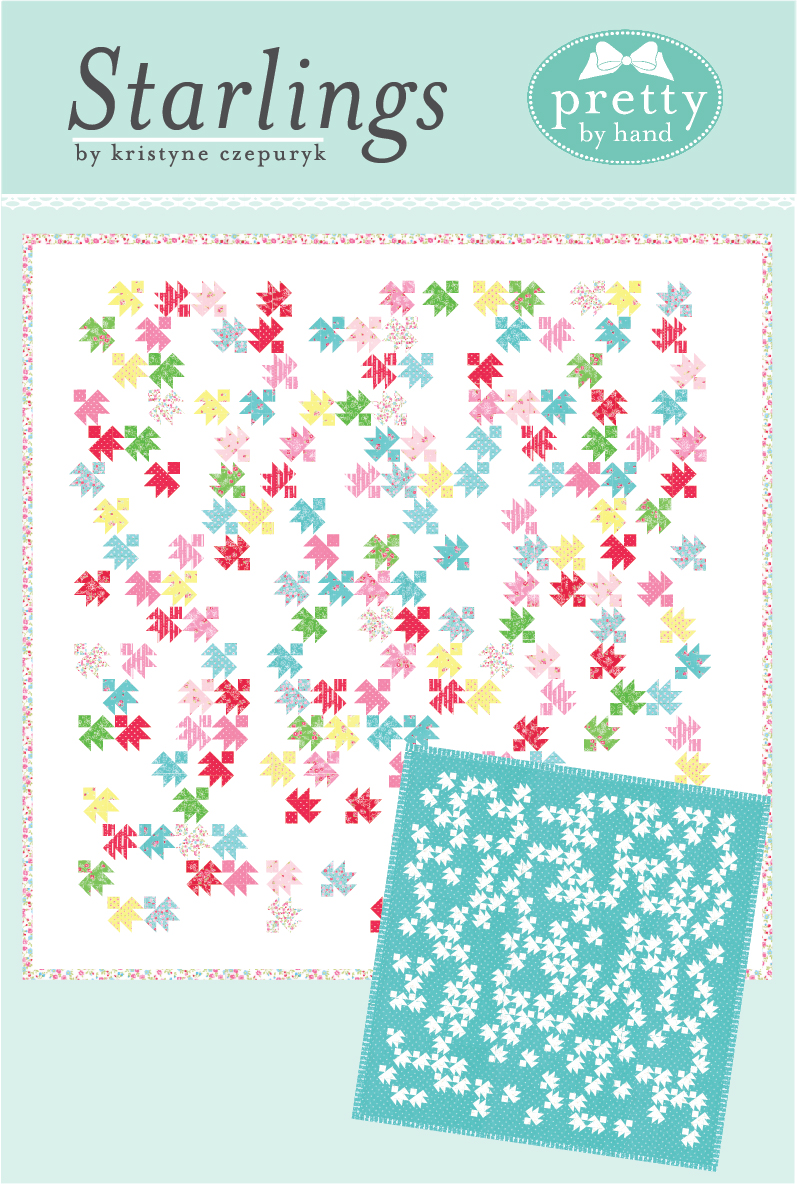
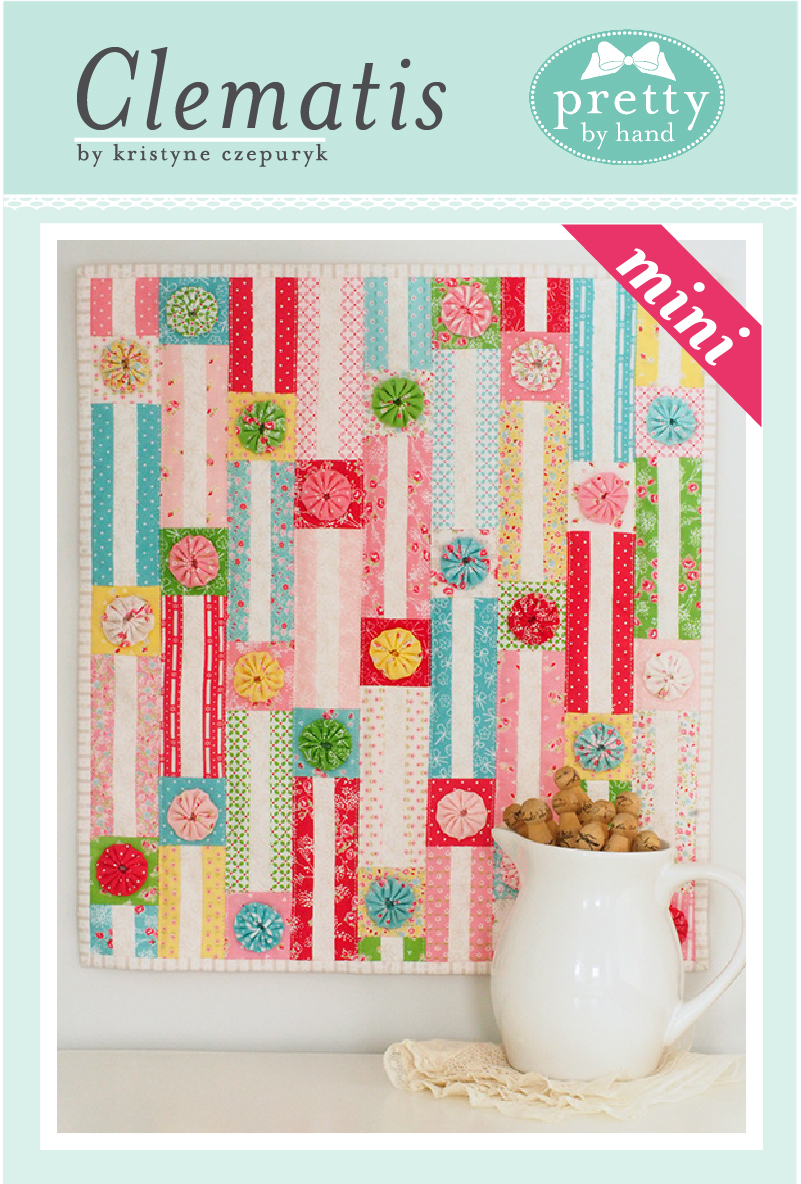
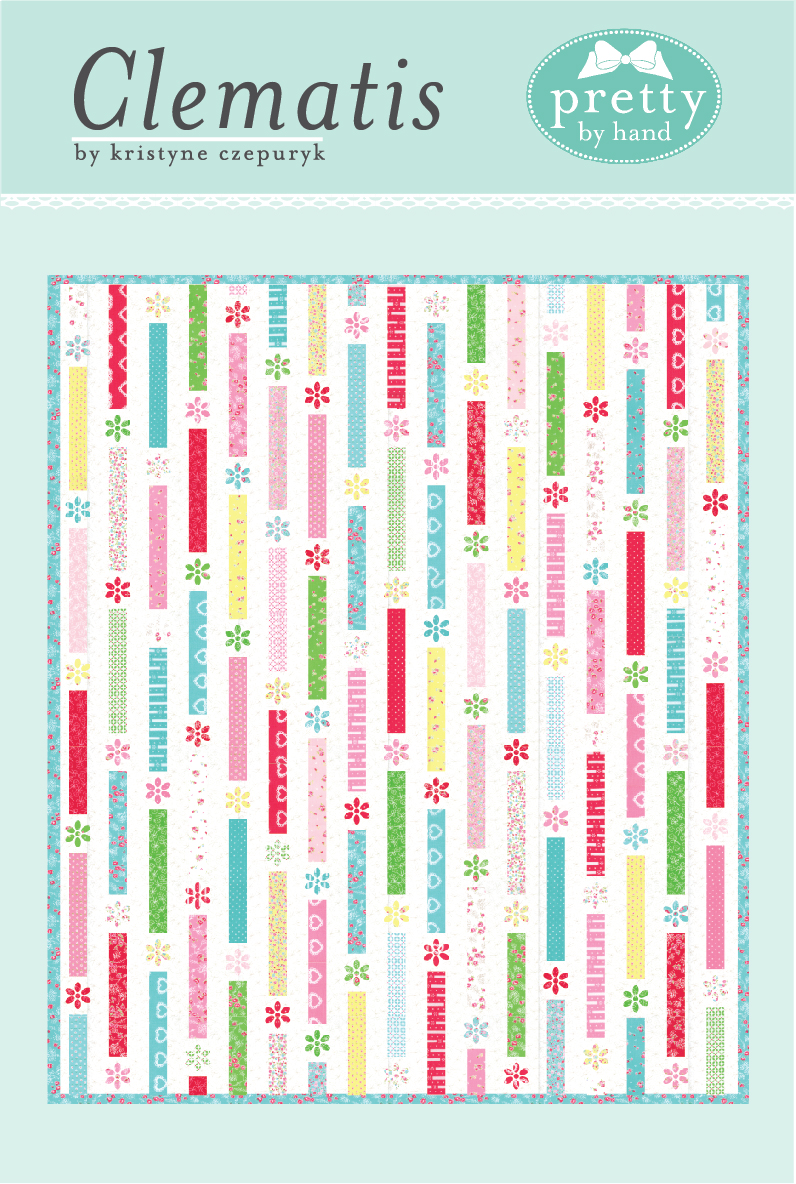
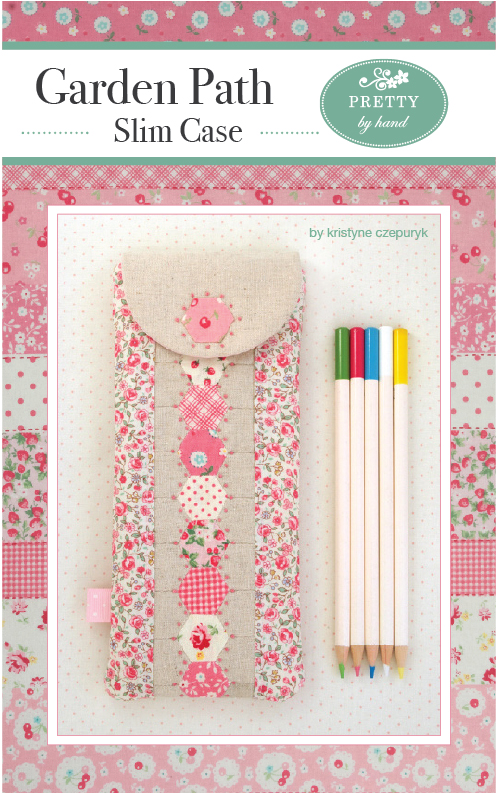
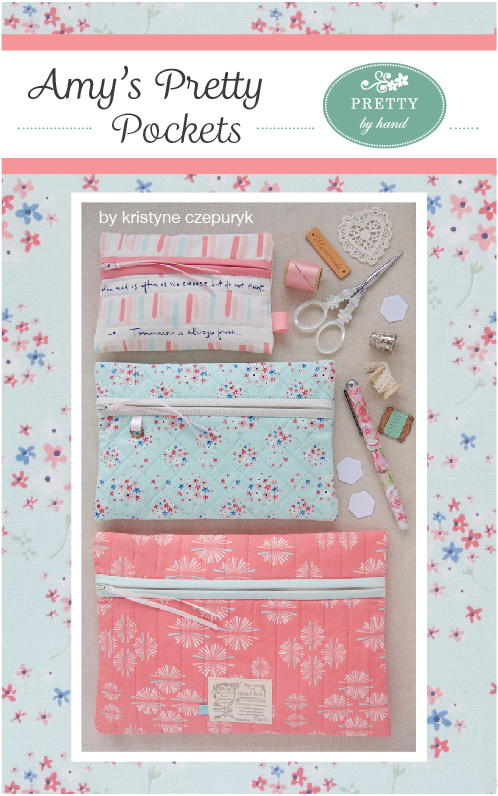
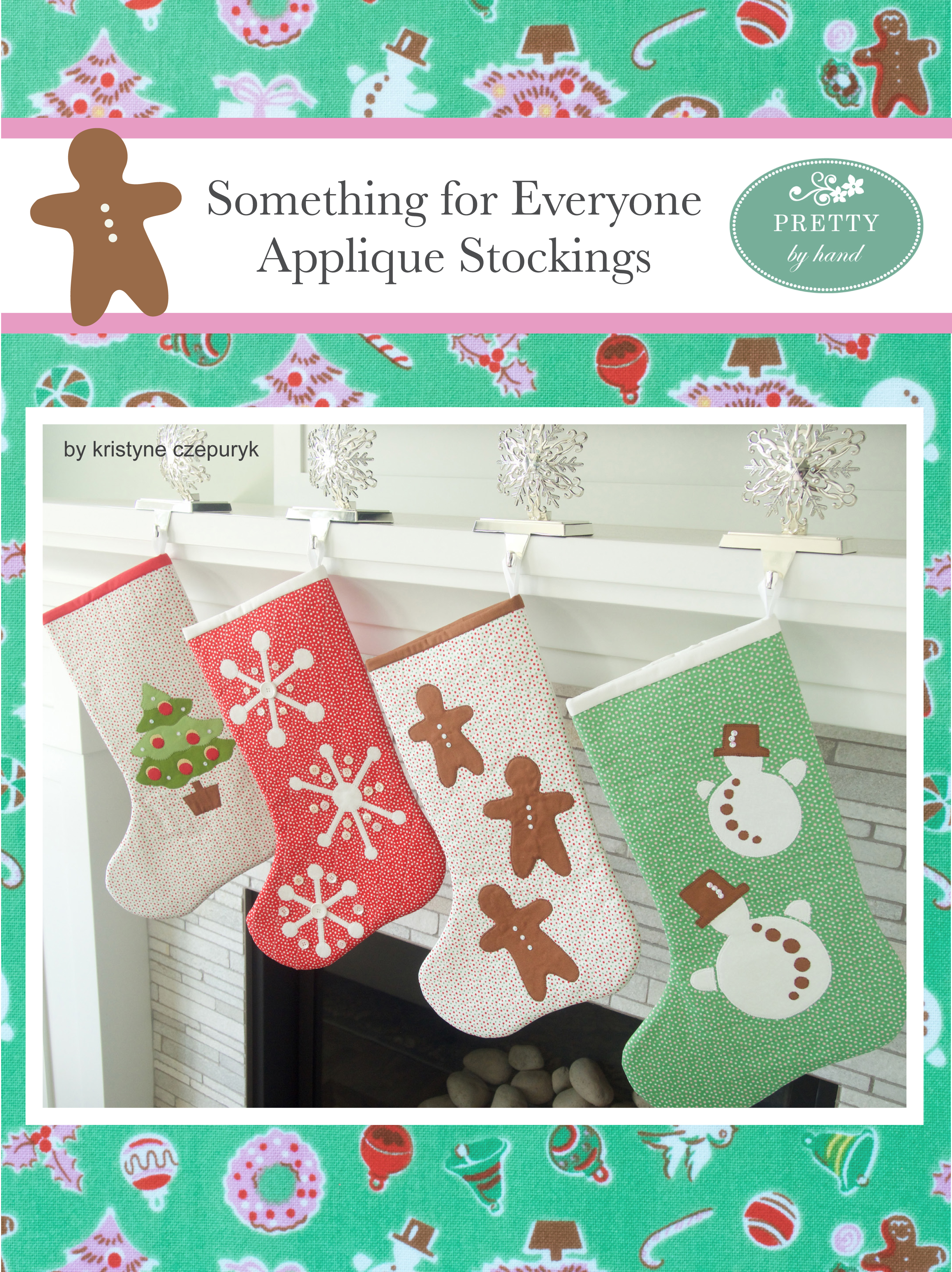
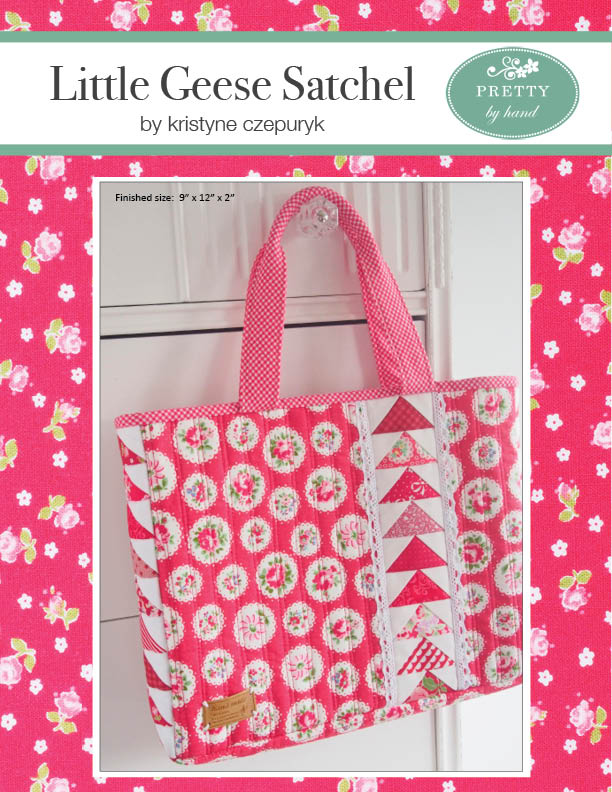


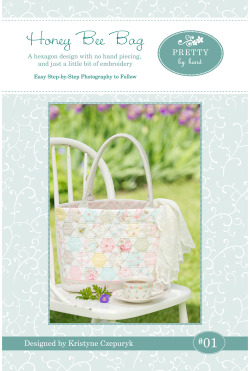
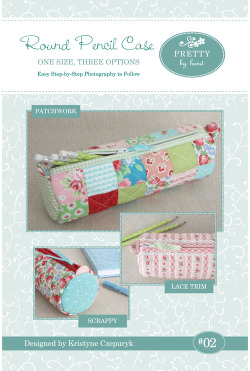
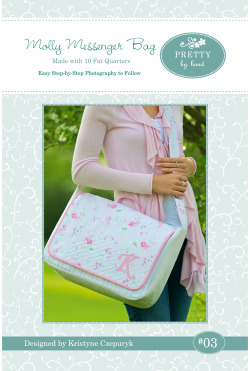
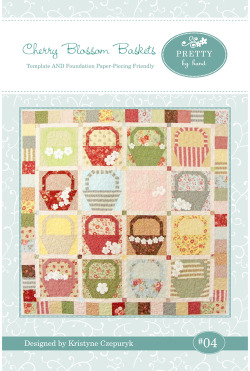
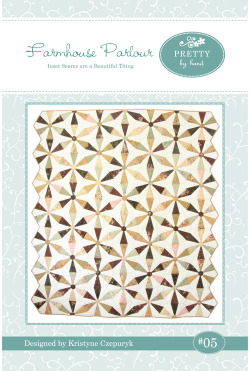
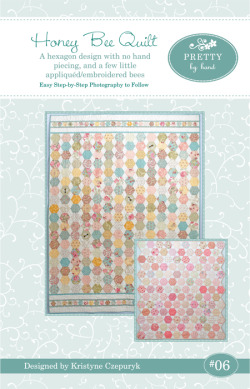
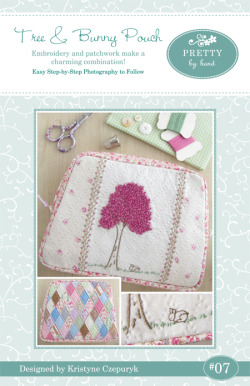
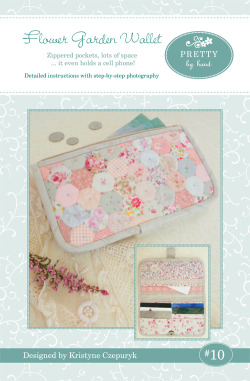
Reader Comments (43)
BTW, what are those two adorable tiny floral fabrics you are using?
Love the fabrics you chose. Those tiny ones are so cute!
Your work is beautiful!
Thank you for your generosity in sharing this lesson. You are a blessing.
I love your blog. Keep up the good work!
Love the 'new' watchstrap, too. What a fantastic accessory!
I would also like to know about the tiny print fabric that you used.
If you keep working on the sample that you showed us before teaching the class last weekend, I do hope you will post a picture of the finished project.
I would love to know what fabrics you are using. It is gorgeous!
Hugs,
Gina
Gosh, but this new set of hexies you have is gorgeous!
Great post, I have been enjoying EPP for a while now, and I am one that baste with thread. I would love to try the glue idea, do you know of any other glues that would work? I really don't like the brand you mentioned, I know its all a personal preference. LOL
Thanks,
Vicki
http://inklingo.com/section/inklingo-quick-start/63/msg/Welcome+to+Inklingo%21/a5771bce93e200c36f7cd9dfd0e5deaa